 Will water get in my camera?
Will water get in my camera?
Will dust get into my camera?
What if someone hits my camera?
From security professionals to security project engineers, questions come to our team regarding ruggedness of IP cameras. Aside from having a wide range of camera resolution options, system specifiers have a wide range of options when it comes to the capability of a security device to withstand impact, temperature, vibration, particulates, and prevent liquids from penetrating the device housing.
IEC 60529 (Classification of Degrees of Protection Provided by Enclosures) provides a great deal of detail as to what specific ratings are required of an electronic device.
"This standard describes a system for classifying the degrees of protection provided by the enclosures of electrical equipment. Whilst this system is suitable for use with most types of electrical equipment, it should not be assumed that all the listed degrees of protection are applicable to a particular type of equipment. The manufacturer of the equipment should be consulted to determine the degrees of protection available and the parts of equipment to which the stated degree of protection applies. The adoption of this classification system, wherever possible, Will promote uniformity in methods of describing the protection provided by the enclosure and in the tests to prove the various degrees of protection. It should also reduce the number of types of test devices necessary to test a wide range. of products."
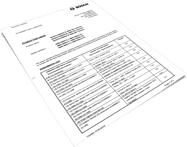 Below is a video example of environmental testing being performed on a camera using a 'HALT' test. HALT stands for Highly Accelerating Life Testing. HALT test results are often available in a product test report as shown here which was completed prior to the release of the Bosch IP 4000/5000 series of cameras.
Below is a video example of environmental testing being performed on a camera using a 'HALT' test. HALT stands for Highly Accelerating Life Testing. HALT test results are often available in a product test report as shown here which was completed prior to the release of the Bosch IP 4000/5000 series of cameras.
Hammond Manufacturing has a great resource on their website which clearly defines the various ratings. For example, what does this rating really provide? Let's take a look:

By using the charts linked below, by Hammond Manufacturing, we can determine that a device with ths rating is
- Protected against access to hazardous parts with a wire. This means that an access probe of 1.0 mm ø shall not penetrate.
- Dust-tight. This means that no ingress of dust can occur.
- Protected against the effects of continuous immersion in water. This means that ingress of water in quantities causing harmful effects shall not be possible when the enclosure is continuously immersed in water under conditions which shall be agreed between manufacturer and user but which are more severe than for numeral 7.
A product comparison quick guide clearly depicts each camera's housing rating as shown below. You can download a quick guide here to compare camera ruggedness, features, and capabilities easier. Of course, our team is here to help you pick the proper camera based on ruggedness, resolution, and other requirements you may have. You can contact us here for advice and product selection.
Additionally, we can determine that the folowing ratings are generally similar in definition:
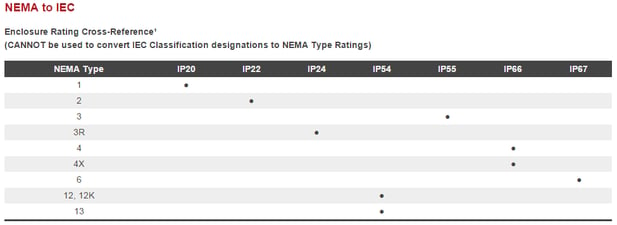
The chart below shows a sampling of comparisons between NEMA, UL, and CSA definitions:
Click on the image above to see the entire crossover reference chart
So, exactly how rugged can an IP camera be constructed? Check this video out:
Standards Sources
NEMA - National Electrical Manufacturers' Association
- 1300 North 17th Street Rosslyn, VA 22209
- NEMA Standards Publication No. 250 enclosures for Electrical Equipment (1000 Maximum)
- NEMA Standards Publication No. ICS6 enclosures for Industrial Controls and Systems
UL - Underwriters' Laboratories Inc.
- 333 Pfingsten Road, Northbrook, IL 60062
- UL 50 Cabinets and Boxes
- UL 508 Industrial Control Equipment
- UL 870 Wireways, Auxiliary Gutter, and Associated Fittings
CSA - CSA International
- 178 Rexdale Boulevard, Etobicoke (Toronto), Ontario, Canada M9W 1R3
- CSA Standard C22.2, No 0 General Requirements - Canadian Electrical Code, Part II
- CSA Standard C22.2, No 0.4 Bonding and Grounding of Electrical Equipment
(Protective Equipment) - CSA Standard C22.2, No. 14 Industrial Control Equipment for Use in Ordinary
(Non-Hazardous) Locations - CSA Standard C22.2, No. 40 Cutout, Junction, and Pull Boxes
- CSA Standard C22.2, No. 26 Construction and Test of Wireways, and Auxiliary Gutters, and Associated Fittings.
- CSA Standard C22.2, No. 94-M91 Special Purpose Enclosures
EIA - Electronic Industries Association
- 2500 Wilson Blvd, Arlington, VA 22201
- EIA RS-310-D Cabinets, Racks, Panels, and Associated Equipment
IEC - International Electrotechnical Commission
- 3 Rue de Varemb, Geneva, Switzerland
- IEC 60529 Classification of Degrees of Protection Provided by Enclosures
North American Standards
In North America, NEMA, UL and CSA are the most commonly recognized Standards organizations. They are almost identical in their rating and testing of enclosures.
UL and CSA
- Provide “certification labels” to be permanently attached inside the enclosures.
- Require that enclosures be tested in an approved lab in order to prove their performance.
- Inspect manufacturers to ensure they use approved materials and build to tested product designs.
- Do not provide “certification labels” for enclosures
- Do not provide testing services or require enclosures to be tested.
- Leave compliance and testing to the discretion of the manufacturer.
JIC Ratings
- JIC or Joint Industrial Commission ratings are Standards which (in brief) specify minimum allowable material thickness for various enclosure sizes.
European Standards
IEC
In Europe, IEC ratings are the most commonly recognized Standards for enclosures.
- IEC ratings are similar to NEMA, but the pass or fail requirements are different. (see NEMA to IEC Cross Reference Chart on page 7).
- IEC does not include ratings for enclosures in conditions of corrosion, rust or oil.
- IEC does not provide testing, so testing and compliance is left up to the manufacturer. In Europe, TUV and VDE are two popular testing agencies that manufacturers use.
- CE is a European Union (EU) symbol, which indicates that the product complies with the EU directives or Standards for that product.
CE does not apply to empty enclosures because enclosures are components of a final assembly. Testing and compliance to EU directives is the responsibility of the final equipment manufacturer.
Dual Standards
UL and CSA have markings available that indicate approvals meet Standards of their “non-home” country.
- The cUL mark indicates the product has been tested to meet Canadian Standards by the UL organization.
- The cCSAus mark indicates the product has been tested to meet USA Standards by CSA.

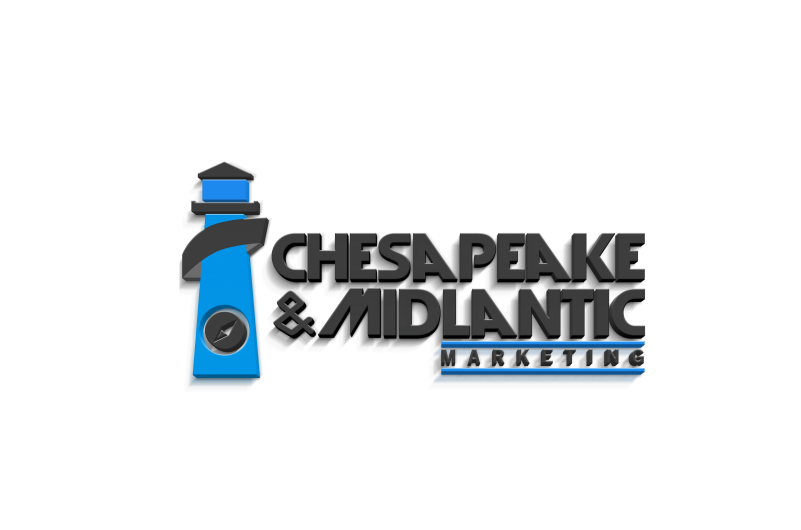


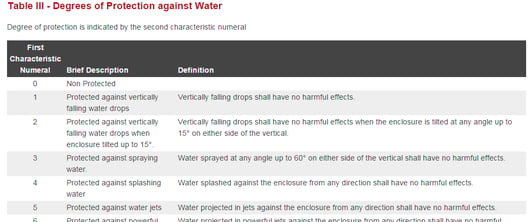
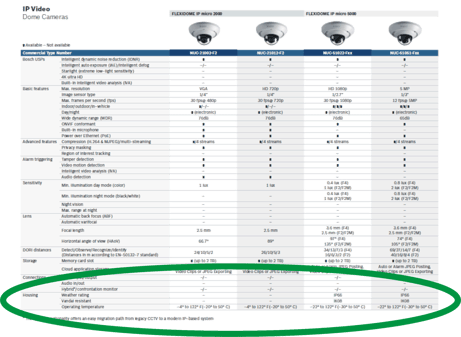
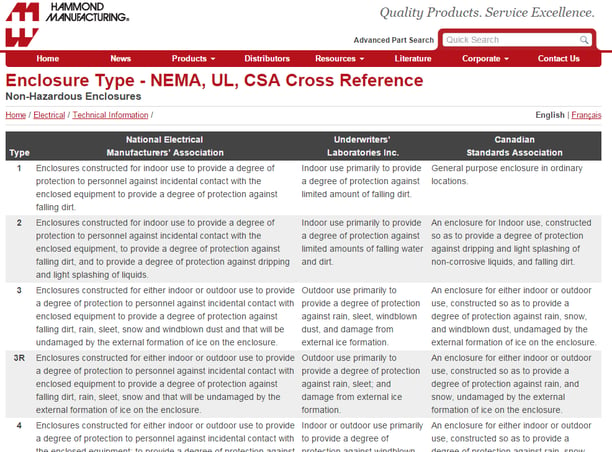
 www.nema.org
www.nema.org www.ul.com
www.ul.com www.csa.ca
www.csa.ca www.eia.org
www.eia.org www.iec.ch
www.iec.ch www.cemarking.net
www.cemarking.net www.ansi.org
www.ansi.org



